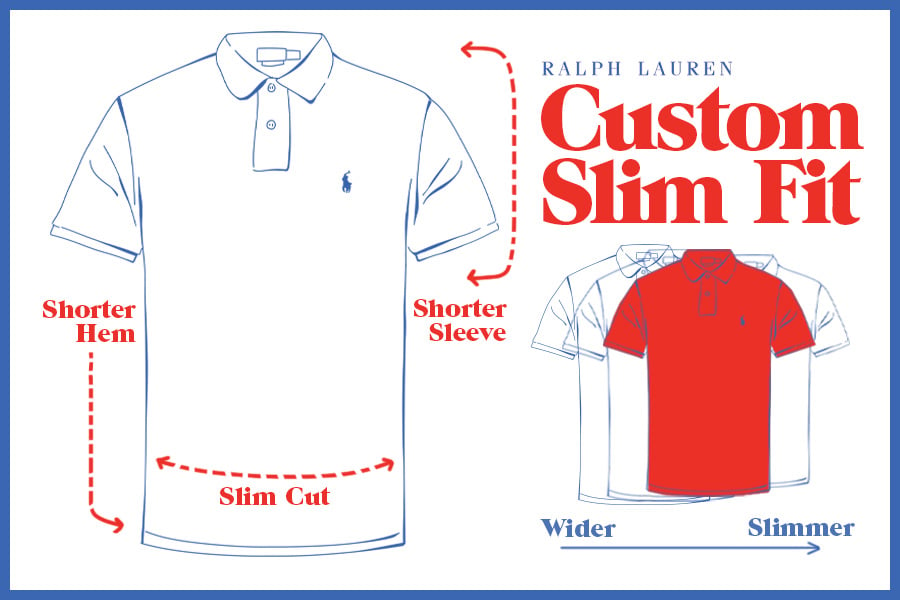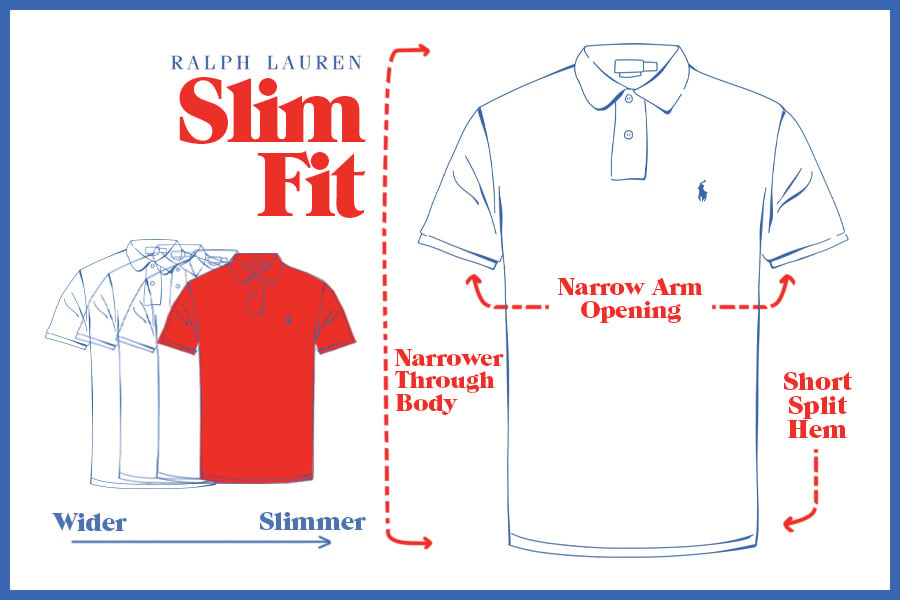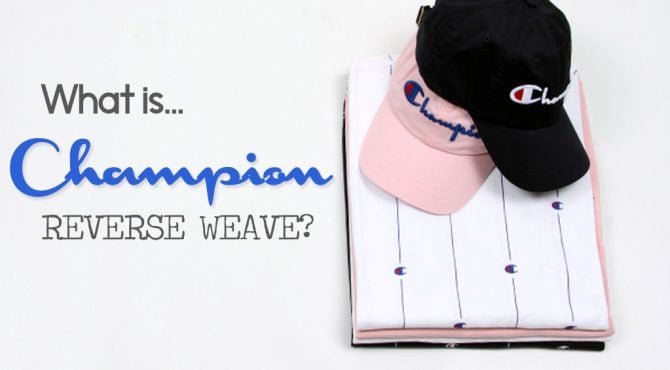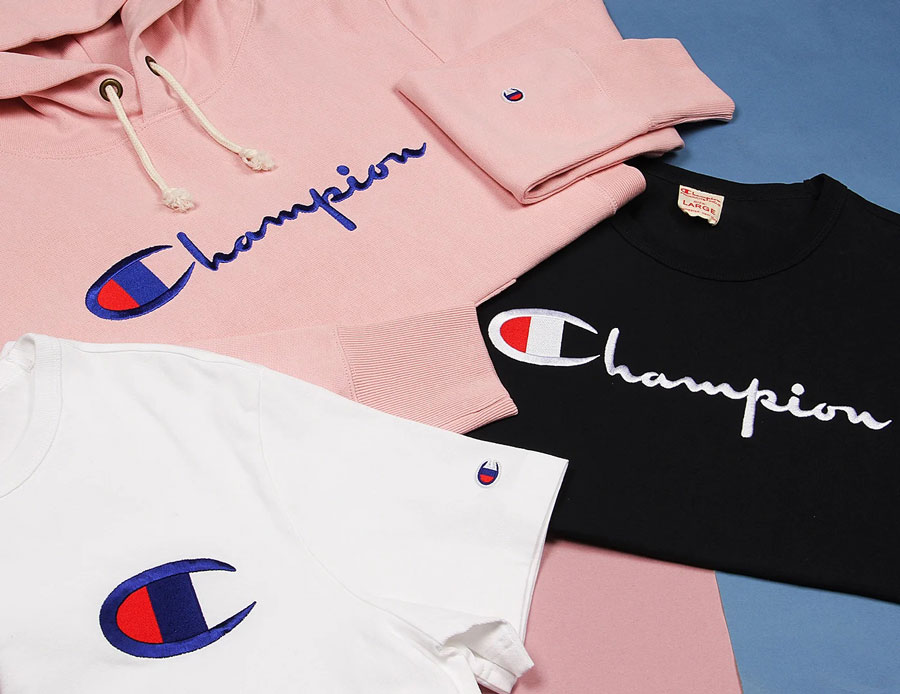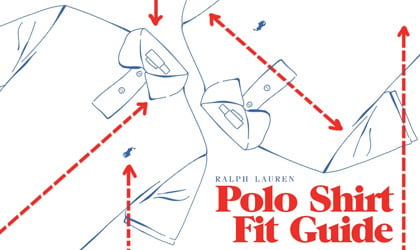
What is Ralph Lauren Custom Fit?
Ralph Lauren Polo Shirt Fit Guide
One of the most successful American fashion designers of all time, Ralph Lauren made a name for himself with his Polo line. Inspired by its namesake sport, the Polo line captured and distilled the essence of the players’ on and off-field attire. As a result, Ralph Lauren managed to bottle a signature preppy style for a global audience. At the core of the Polo line lies multiple iterations of the brand’s iconic polo, and each fit slightly differently. So, here at Aphrodite, we’ve created our Ralph Lauren polo shirt fit guide to help you out. We’ll uncover the nuances between Classic, Custom and Slim fit, so you can confidently choose the right option for you.
Ralph Lauren Classic Fit Polo
The Classic Fit polo shirt is directly inspired by polo players’ uniforms, the Classic Fit boasts a longer wider body and an extended rear hem. These dimensions make for the brand’s roomiest, most relaxed fit. The sleeves sit closer to the elbow and the fuller cut allows for a greater range of movement. Thanks to an asymmetric hem, the Classic Fit polo delivers big Ivy League styling worn tucked in or out.
Ralph Lauren Custom Fit Polo
A fashion-forward version of its more traditional predecessor, the Custom Fit design is less voluminous overall. The Custom Fit features raised armholes and a trimmed sleeve length to complement a reduced body width. The length has been cropped to achieve a closer fit. The loss of length lends the Custom Fit a tidy appearance and is ideal for a typically smarter overall look.
Ralph Lauren Custom Slim Fit Polo
The next entry in our Ralph Lauren polo shirt fit guide offers something not too slim nor too loose. Enter the Ralph Lauren Custom Slim Fit. Boasting a shorter sleeve and body, this iteration fits close enough for a sleek silhouette while retaining plenty of movement to prevent restriction. Finished with a classic two-button placket and embroidered branding on the chest, the Custom Slim Fit showcases the versatility among the brand’s polo shirt range. Whichever fit you choose, the Ralph Lauren polo shirt is a timeless classic and a true wardrobe essential.
Ralph Lauren Slim Fit Polo
And finally, the Slim Fit is the newest of Ralph Lauren’s polo shirt designs. Appealing to the tastes of loyal Europeans, the Slim Fit, as you’d expect, is the most narrow in the roster. The Slim Fit shares the sleeve profile of the Custom Fit but is more figure-hugging due to a reduction in the width and front hem. The rear hem is also cropped further for a definitively slim silhouette. If you favour a snugger fit throughout, the Slim Fit is the fit for you.





